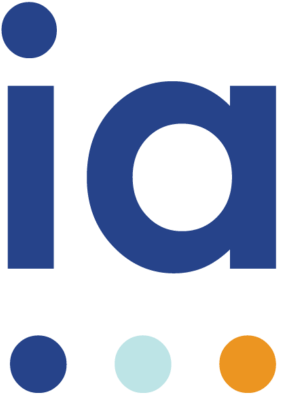Continuous Improvement
With the demands placed on HR to act as organizational gatekeepers, putting out fires, and responding to employee issues, reactivity is in the function’s DNA. As a result, despite the desire to act strategically, HR’s ability to strategically plan and manage complex projects and programs has been compromised. In short, project management is an afterthought in many (most?) HR departments.
How did it come to this? After all, the need for good project management has been around for a long time – the concept isn’t unique to HR. What’s brought the topic to the forefront is that HR departments are often strapped for time and resources – employees are asked to support more projects with less staff and budgets. Frankly, many HR departments are just trying to get through one day and week at a time. There’s no bandwidth left for thinking too far ahead.
This resource crunch is exactly why good project management is important. HR will need to spearhead a complex initiative – maybe implementing a new technology, developing a new performance management process, or rolling out a recognition program. Without foundational project management, the initiative could longer than expected, the team may face unplanned barriers, or it may end up over budget. However, if the team is able to apply solid PM techniques by thinking through the steps and key milestones, while proactively considering the things that may impact the plan and managing risks, there’s a much higher likelihood of succeeding on time and on budget – instead of just hoping for the best!
Don’t Overthink It
Although formal project management can be complex, it doesn’t have to be. You don’t need a PMP certification to implement some basic PM concepts. It’s really just about thinking through all the steps that need to happen for a successful project, the timeframes they need to happen in, which steps may be dependent on each other (or on something outside of the project), what risks there might be, and the steps that need to be taken to mitigate the risk.
Start somewhere, even if it’s taking small steps, and iterate based on your organization’s size, needs, and complexity. By establishing this new level of planning and transparency into the process, you might just help your team sleep better at night!
Getting Started
Establish Ownership: Define who can own the project management responsibilities for HR. Depending on your size and complexity, this might be one person or multiple people. Once you get started you may even consider hiring someone specifically for this role. Either way, look for individuals who enjoy architecting plans, are organized, detailed, and consistent at follow through, and can see ahead to guide the team.
Select a Tool: Confirm if a project management tool is already being used within your organization (maybe in IT?) and determine whether it’s the right fit for your needs. Otherwise, you may want to look for a new one. At IA, we use Smartsheet to manage our projects, but there are many other tools available. Even a documented plan in Excel is better than no plan at all!
Create the Templates and Migrate the Work: Look at your team’s work that is either planned or already in flight and decide where project plans may be needed and establish a template. As a starting point, we recommend tracking tasks, task status (i.e., Not Started, In Process, Completed, etc.), health (i.e. green, yellow, red), owner, and start/end dates. Finally, have your PM compile all relevant tasks off stickies, emails, notepads and what is in the minds of teammates into the project plan. Find the balance between detail and being high-level so it is easy to understand the plan.
Create Communication Loops and Work the Plan: Depending on the complexity of the project, we recommend having a weekly to bi-weekly cadence to sync with all key stakeholders on the project to debrief on completed work, evaluate risks and mitigations, and review what is ahead to make sure everyone is aligned. We encourage you to share the project plan with the team and reinforce the usage of the tool throughout the project.
Learn and Iterate: Create a mechanism for gathering feedback on the project management processes and tooling so that the team can continue to refine their work over time.
Manage the Change: Change is hard in any organization, and introducing project management will be no different. Leverage change management principles to help implement and sustain the new function. Ensure everyone understands the why as well as the what to create buy-in, and find the champions who can help drive adoption and reinforce the benefits in the long run.
While it might take some effort to get a project management practice off the ground, the time and sanity saved in the long run will provide a return on investment. By centralizing and being intentional about planning, you’ll be in a better position to more proactively mitigate risks and adjust priorities to increase your chances of project success. It’s a little effort on the front end to save a lot of headaches and stress later!






